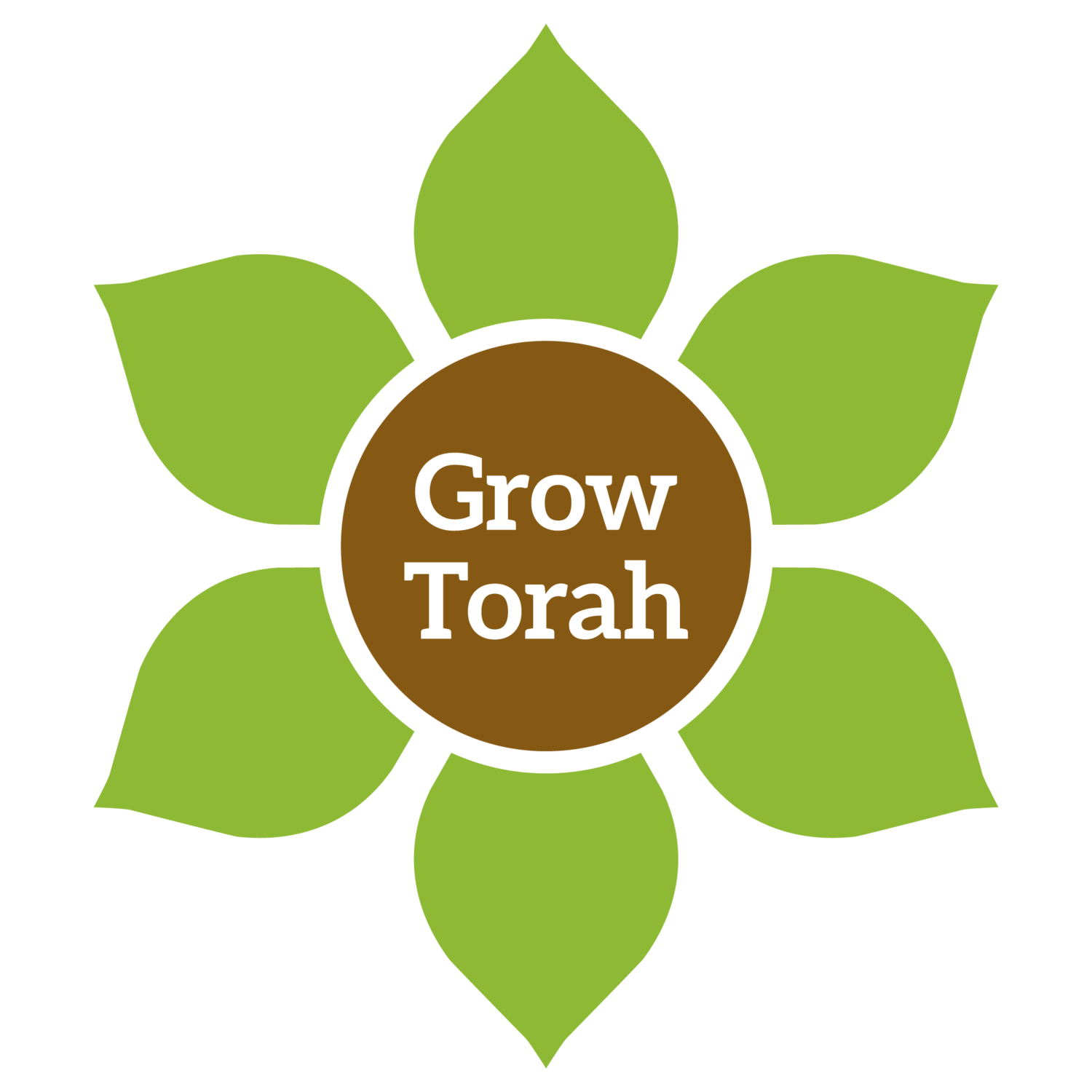Parshat Tetzaveh: Details, Details
Original author - Shimon Steiner, GrowTorah Garden Educator
View Accompanying Source Sheet Here
וְעָשִׂיתָ עַל־שׁוּלָיו רִמֹּנֵי תְּכֵלֶת וְאַרְגָּמָן וְתוֹלַעַת שָׁנִי עַל־שׁוּלָיו סָבִיב וּפַעֲמֹנֵי זָהָב בְּתוֹכָם סָבִיב׃
“On its hem make pomegranates of blue, purple, and crimson yarns, all around the hem, with bells of gold between them all around.”
This verse contains only a few of the myriad details regarding the construction and maintenance of the Mishkan, the movable sanctuary that accompanied Am Yisrael in traveling from Sinai to the Land of Israel. The instructions fill the parshiyot of Terumah and Tetzaveh. There are detailed instructions for curtains and altars and beams and clothes and many other things. This section in Tetzaveh is about the bigdei kehunah, the priestly vestments or garments. Even the hem of the Kohen Gadol’s robe is decorated, with bells and fruit made of yarn going all around.
Granted, it should be a nice robe. But why can’t we pick the colors? Why can’t we have a hem with fruits made from orange, yellow, or green yarn? There are fruits with such colors. Why such specifics? Come to think of it, why can’t we design the Mishkan? If it’s supposed to be a forum for our worship, why can’t we have input into how it looks? Activity and participation help us learn and remember. So why can’t some of the Mishkan’s design be left to us?
As with many values, however, there are limits. And we don’t have to wonder hypothetically about what would happen if we were left to design our own Judaism; the next parsha has a vivid example. When the people felt that Moshe should be down from the mountain already, they took matters into their own hands and “designed” their own form of worship: The Golden Calf.
The Golden Calf episode actually took place before the giving of the Mishkan’s design, as Rashi explains in Shemot 31:18, based on the Gemara at Pesachim 6b: “There is no ‘before and after’ in the Torah (i.e., precedence in the text is not precedence in time.) The Golden Calf episode was actually before the work on the Mishkan.”
Why does this matter? Because the people who hammered and sewed and carried and donated materials for the Mishkan had just recovered from a horrific episode of frenzied idol worship, punishment, and fratricide. Their process of Teshuvah, penitence, culminated in the first Yom Kippur and the granting of the second tablets, and the day after that – they began the Mishkan.
These were people traumatized by their own excesses, by the results of their terrible decision to either instigate or go along with the designing of their own faith. They, and we, need a strong framework of details to work within. Our individuality has a million ways to be expressed, but the fruits on the hem will be blue, purple, and crimson. There are limits, and they are not only helpful but essential.
Take farming, for example; Humanity’s first job. The instructions for Gan Eden were לְעָבְדָ֖הּ וּלְשָׁמְרָֽהּ “to work it and protect it” (Beresheet 2:15). Like with the twin mitzvot of Shabbat, we have certain activities to do, and certain outcomes to avoid. Can we just toss seeds out the window, like Jack and his famous Beanstalk? Can we assume that the soil has all the Nitrogen, Potassium, and Phosphorus that are needed, not to mention Boron and Calcium? Can we water when it’s convenient? Can we plant any variety and assume that the harvest will be the third week in August, just in time for the Camp GrowTorah kids to enjoy it?
Certainly not. The commandment to till and protect the garden has specifics, and these are essential. We have to plant certain plants at certain times, in certain places and ways, with certain soil, and water when it’s needed. This is the proper Avodah and Shmirah that will yield food and avoid pests, drought, and other problems. It would hardly be “work” for Adam Harishon to simply throw a few seeds and watch as food magically grew, and it wouldn’t be work for us either. Certainly not fulfilling and creative work.
Analogously, the Mishkan is not an exercise in design but rather a set of instructions that we may not understand but is the detailed work we need to do to yield proper service. Details do not erase creativity but can enhance it, as with farming. Hashem is in the details.
Suggested Action Items:
Learn more about the many details of gardening. For instance, visit an online seed catalog such as https://www.johnnyseeds.com/ and see the huge variety of tomato plants, in several different families, for different purposes. This can help one appreciate not only the people who farm but also the detail that Hashem put into the way food comes to us. The Mishkan’s service is simple by comparison.
Learn about farmers’ lives, and about how modern farming has affected their quality of life and state of mind. They do not live in a simple, bucolic world, but a competitive and demanding one that takes a toll on them. The level of detail that they have to master is high, and it constantly changes. Learn about laws and initiatives to help farmers not only farm more sustainably for the earth but more sustainably for their own well-being.
The USDA publishes information about the regular omnibus “Farm Bills” that include most agriculture-related laws and programs.
FarmAid is an organization helping smaller, family farms.
The Farm Bureau has a “State of Mind” campaign to raise awareness about Farmer’s mental health.
The Jewish Farmer Network (a dear friend of GrowTorah’s) is an organization that supports and connects Jewish Farmers around the world. They aim to support (financially, socially, and culturally) the efforts of Jewish Farmers in creating a more “regenerative and just food system for all.”
Click here to sponsor a parsha.
